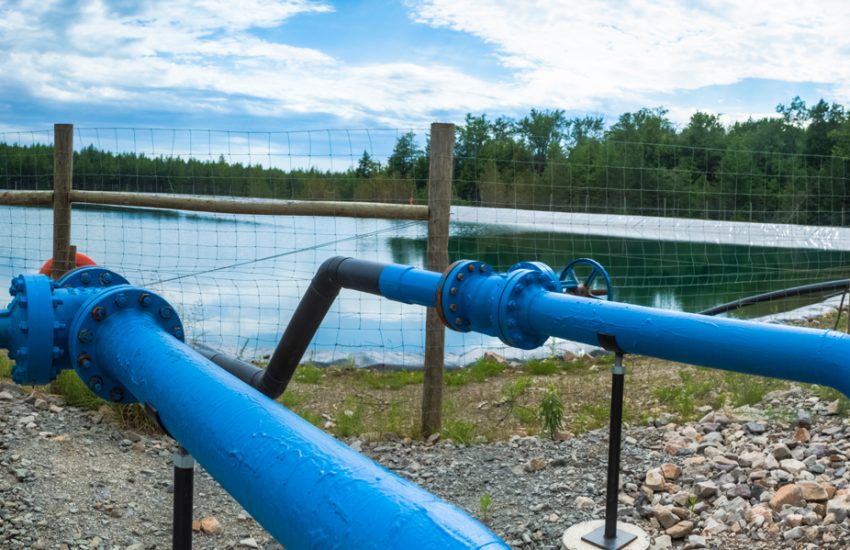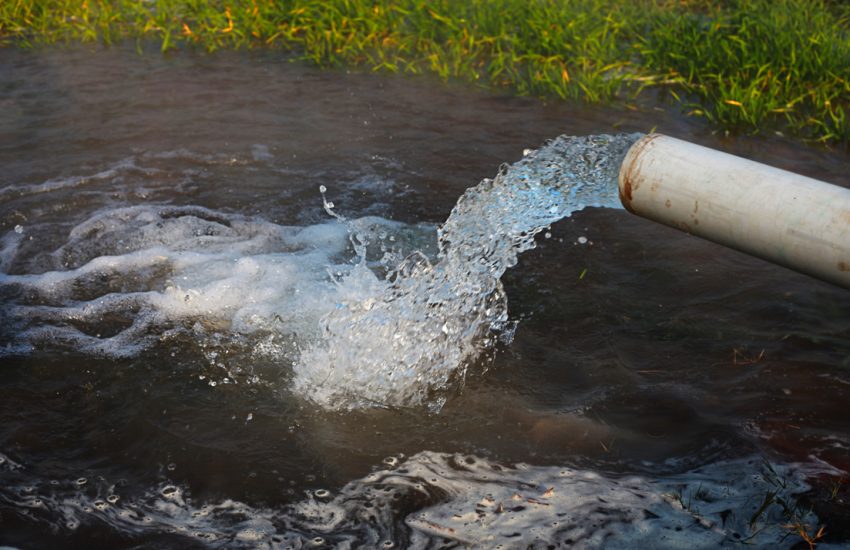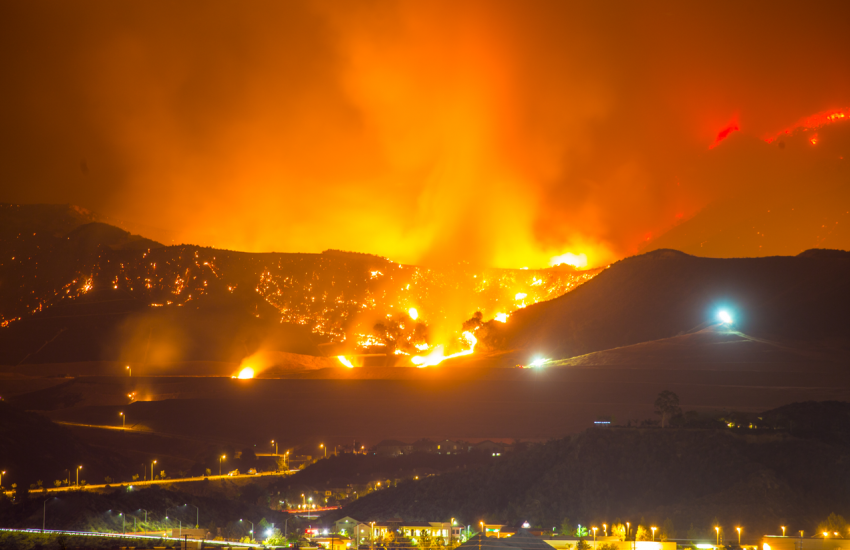Fracking, or hydraulic fracturing, remains an ever-present topic on the national political stage when discussing climate change and energy sources. During the first week of March, two articles discussing the health effects of fracking in southwestern Pennsylvania were published, garnering significant media attention to the issue.
On March 1, 2021, Environmental Health News released the results of its two-year investigation into chemical exposures affecting residents of southwestern Pennsylvania, near fracking wells. In the summer of 2019, EHN collected air, water, and urine samples from five …
Continue Reading









